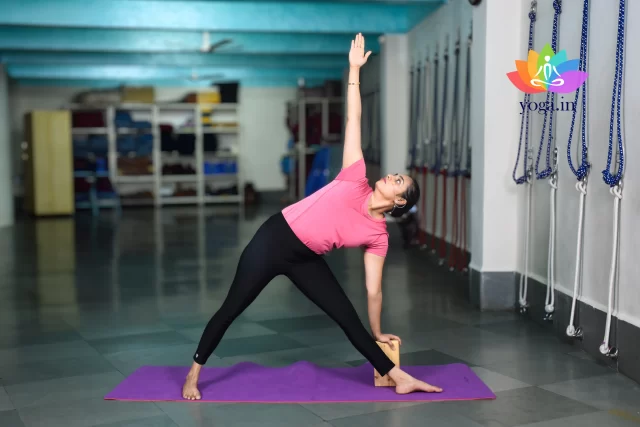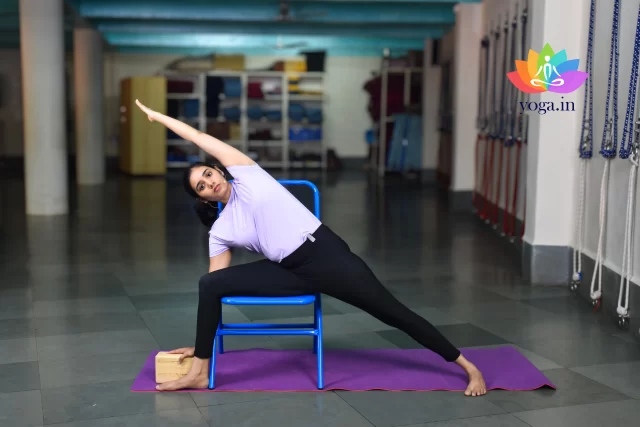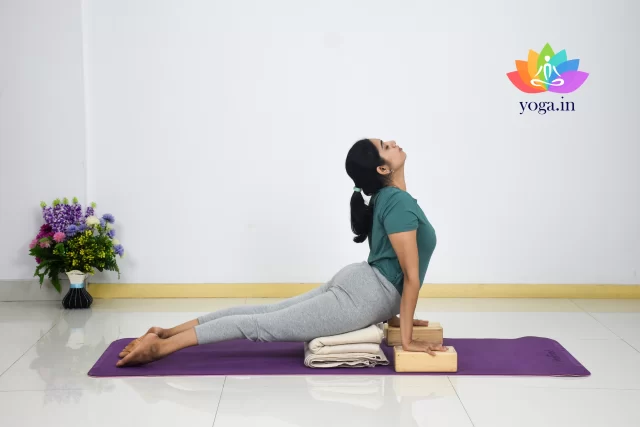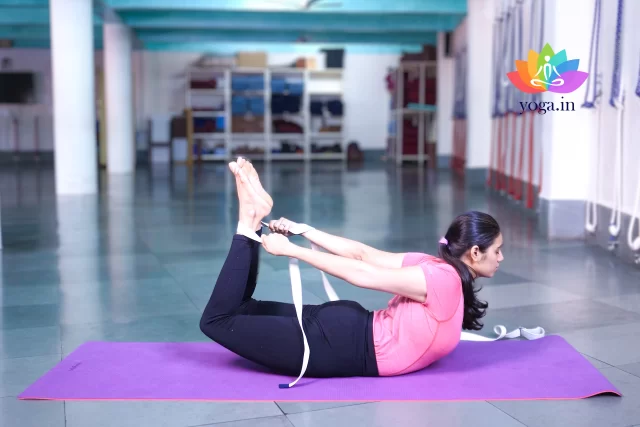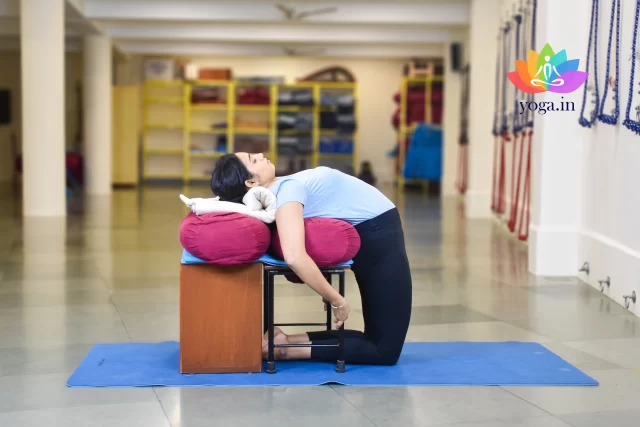Cervical Spondylosis
Relieve Neck Stiffness and Pain with Yoga for Cervical Spondylosis
Cervical Spondylosis is a common issue that often arises as we age. It happens when the disks in our neck undergo wear and tear, losing water and shrinking. This condition is prevalent, affecting a significant portion of the aging population. Statistics indicate that around 85% of people over the age of 60 may experience some degree of cervical spondylosis, making it a widespread concern. As the disks in the neck dehydrate and diminish, stiffness and discomfort become common, leading to various symptoms, and making it challenging for the neck to move comfortably.
- Aging: Natural wear and tear on the spinal disks over time.
- Dehydration: Loss of moisture in the spinal disks, leading to reduced cushioning.
- Poor Posture: Incorrect sitting or sleeping positions contribute to spinal stress.
- Repetitive Movements: Regular activities that strain the neck, contributing to degeneration.
- Genetic Factors: Predisposition to cervical spine issues due to family history.
- Neck Pain: Persistent discomfort in the neck region.
- Stiffness: Reduced flexibility and increased difficulty in moving the neck.
- Headaches: Frequent headaches, especially at the back of the head.
- Tingling or Numbness: Sensations of tingling or numbness in the arms and shoulders.
- Weakness: Muscular weakness, particularly in the arms.
- Utthita Trikonasana:Stretches and strengthens neck, spine, and shoulders, promoting better alignment and easing tension.
- Utthita Parsvakonasana:Stretches neck and shoulders, boosting overall spinal flexibility and reducing stiffness.
- Urdhva mukha svanasana:helps improve spinal alignment, stretches the chest and neck muscles, and promotes circulation, which can alleviate stiffness and tension associated with cervical spondylosis.
- Shalabhasana:helps improve the flexibility and strength of the spine, reducing tension in the neck and upper back, which can alleviate the pain and stiffness associated with cervical spondylosis.
- Dhanurasana:Stretches and strengthens the entire spine, improving flexibility and easing neck stiffness.
- Ushtrasana:helps to deeply stretch the neck and spine, increasing mobility and reducing stiffness, which can alleviate the pain and tension associated with cervical spondylosis.
- Setubandha Sarvangasana:Loosens tension in neck and shoulders while strengthening back and neck muscles.
- Surabhedan Pranayama (Right Nostril Breathing): Enhances oxygenation, promoting relaxation in the neck and shoulders while calming the nervous system to reduce stress-related cervical discomfort.
- Bhramari Pranayama (Bee Breath): Eases neck and head tension, promoting focus and reducing mental stress.
Utthita Trikonasana
उत्थिता त्रिकोनासनI / Triangle Pose
The Sanskrit name comes from the Utthita, meaning “extended,” Trikona, meaning …
Utthita Parsvakonasana
उत्थिता पार्श्वकोनासन / Extended Lateral Angle Pose
The Sanskrit name is derived from Utthita (उत्थिता), meaning “extended,” Parsva …
Urdhva mukha svanasana
उर्ध्व मुख स्वनासन / Upward-Facing Dog Pose
The Sanskrit name is derived from ऊर्ध्व Urdhva, "upwards"; मुख Mukha, "face"; …
Shalabhasana
शलभासन / Locust pose
The Sanskrit name is derived from Salabha (शलभा) meaning locust and āsana (आसन) …
Dhanurasana
धनुरासन / Bow Pose
The Sanskrit name is derived from Dhanur (धनुर) means bow and āsana (आसन) meaning …
Ushtrasana
उष्ट्रासनI / Camel pose
The name is derived from Ushtra (उष्ट्रासनI) meaning camel and Asana (आसन) meaning …
Setubandha Sarvangasana
सेतुबन्ध सर्वंगासन / Bridge pose
The Sanskrit name is derived from Setu (सेतु) meaning bridge, Bandha (बन्धा) …
Suryabhedana Pranayama
सूर्यभेदन प्राणायाम / Right Nostril Breathing
The word "Suryabhedana" comes from the Sanskrit routes "Surya," meaning "sun," …
Bhramari Pranayama
भ्रामरी प्राणायाम / Humming Bee Breath
The Sanskrit word derived from Bhramar, which means “humming black bee", Prana …


